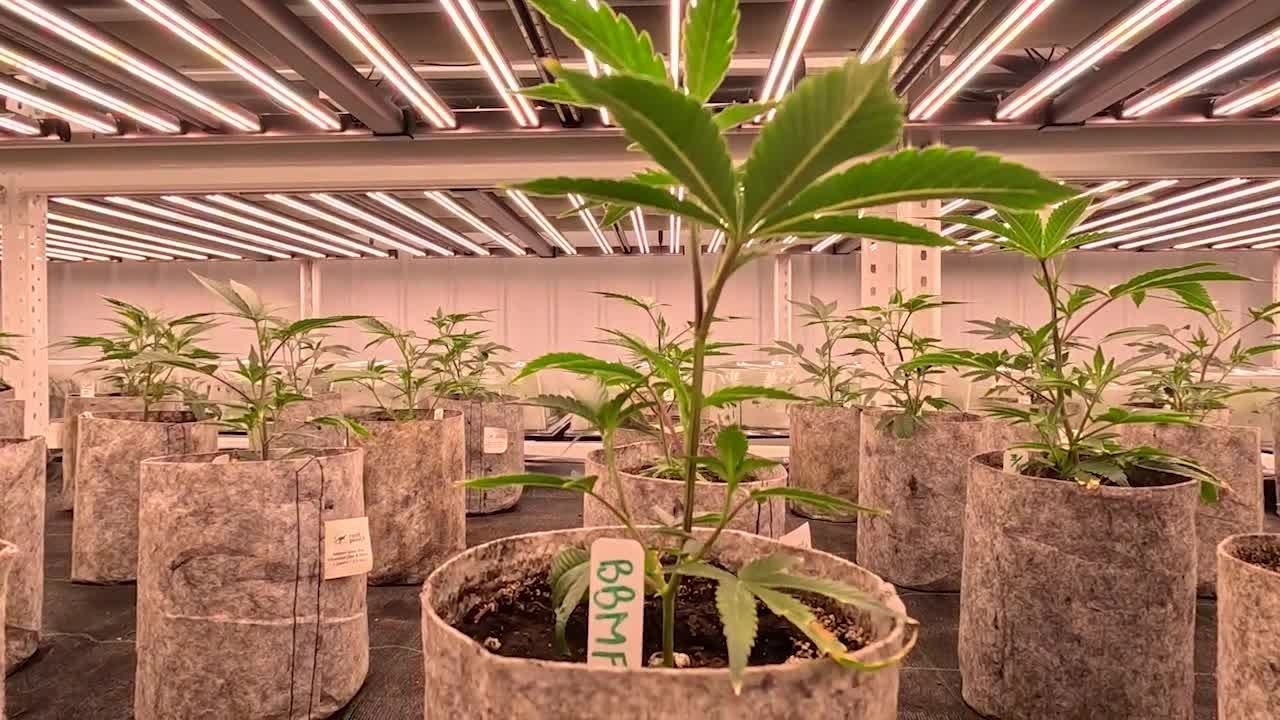According to a recent report by Vangst and Whitney Economics, the U.S. legal cannabis industry experienced a 3.4% decline in jobs from 2023 to 2024. This marks the largest drop in employment since tracking began in 2017. Despite this downturn, cannabis sales reached a new peak of $30.1 billion in 2024, reflecting a 4.5% increase from the previous year.
The report indicates that the sector lost 15,443 full-time equivalent positions, attributed to a shift towards more disciplined operations amid ongoing regulatory and market challenges. Currently, the cannabis industry supports approximately 425,002 jobs.
Emerging markets like New York and Mississippi reported substantial job growth, with New York increasing its cannabis workforce by 209% and Mississippi doubling its employment figures, up 103% from 2023. In contrast, established markets such as Arizona and Illinois saw significant job losses, with declines of 52% and 25%, respectively. Vangst pointed to oversupply, high taxation, and decreased consumer engagement as factors contributing to these losses.
Beau Whitney, the report’s author and an economist based in Portland, Oregon, noted that the industry is transitioning from rapid growth to more strategic development. He stated that while short-term job losses are evident, businesses are implementing more careful hiring practices to remain resilient in a challenging environment.
Looking ahead, the report forecasts a rebound in employment in states that are friendly to cannabis growth. It predicts industry revenue will rise by an estimated 13.1% in 2025, reaching around $34 billion. The report highlights that states like Ohio and New York are leading in job creation as they expand licensing and participation in the market.
The industry is also adapting its workforce strategies, incorporating flexible staffing and cross-trained teams to meet evolving demands. While the federal government does not officially track cannabis job data, the U.S. Census Bureau began gathering information on cannabis business activities and state tax revenues in 2023.
In a related report by the U.S. Department of Agriculture (USDA), the hemp sector saw notable growth despite ongoing restrictions on consumable hemp products. The USDA’s National Hemp Report revealed that farmers cultivated 45,294 acres of hemp in 2024, a 64% increase from 2023, with the market value rising by 40% to $445 million. Most hemp production focused on flower, primarily for extraction into cannabinoid products like CBD.
Additionally, the report indicated a 56% increase in hemp production for fiber, although yields declined by 21%. Meanwhile, cultivation for grain rose by 22%, with a total yield of 3.4 million pounds.
On the topic of cannabis rescheduling, the newly nominated head of the Drug Enforcement Administration (DEA), Terrance Cole, stated that examining federal marijuana rescheduling will be one of his top priorities upon confirmation. However, he has expressed concerns about the risks associated with marijuana use, particularly among youth. Cole’s nomination follows the withdrawal of a previous candidate, Sheriff Chad Chronister, who faced scrutiny for his stance on marijuana decriminalization.
Overall, while the cannabis industry grapples with short-term job losses, the long-term outlook remains positive as sales continue to rise and new markets develop.




